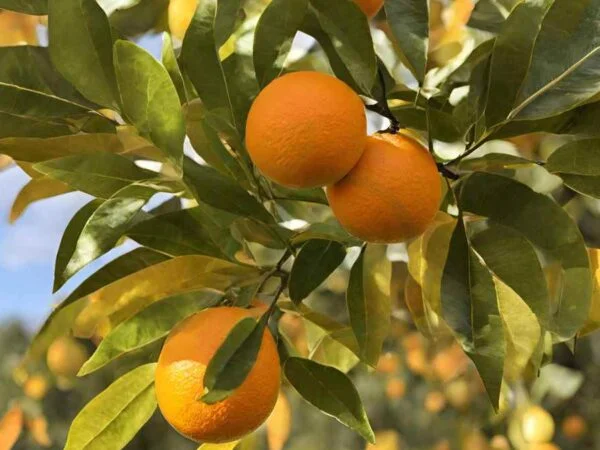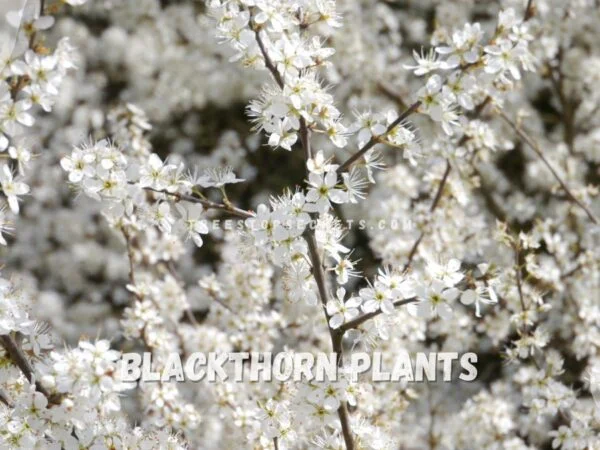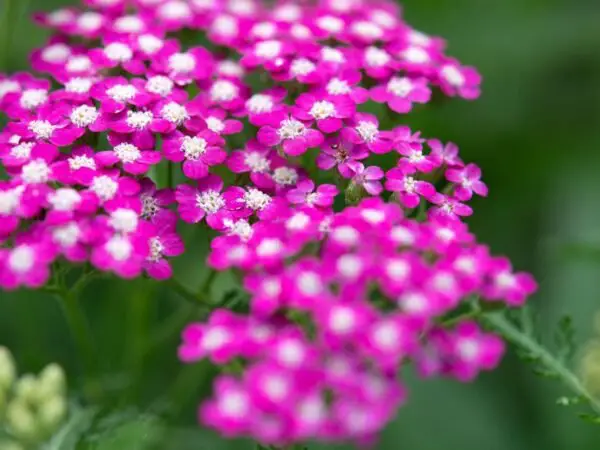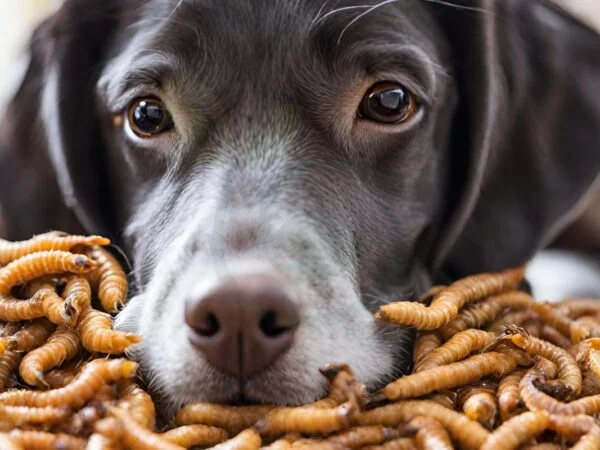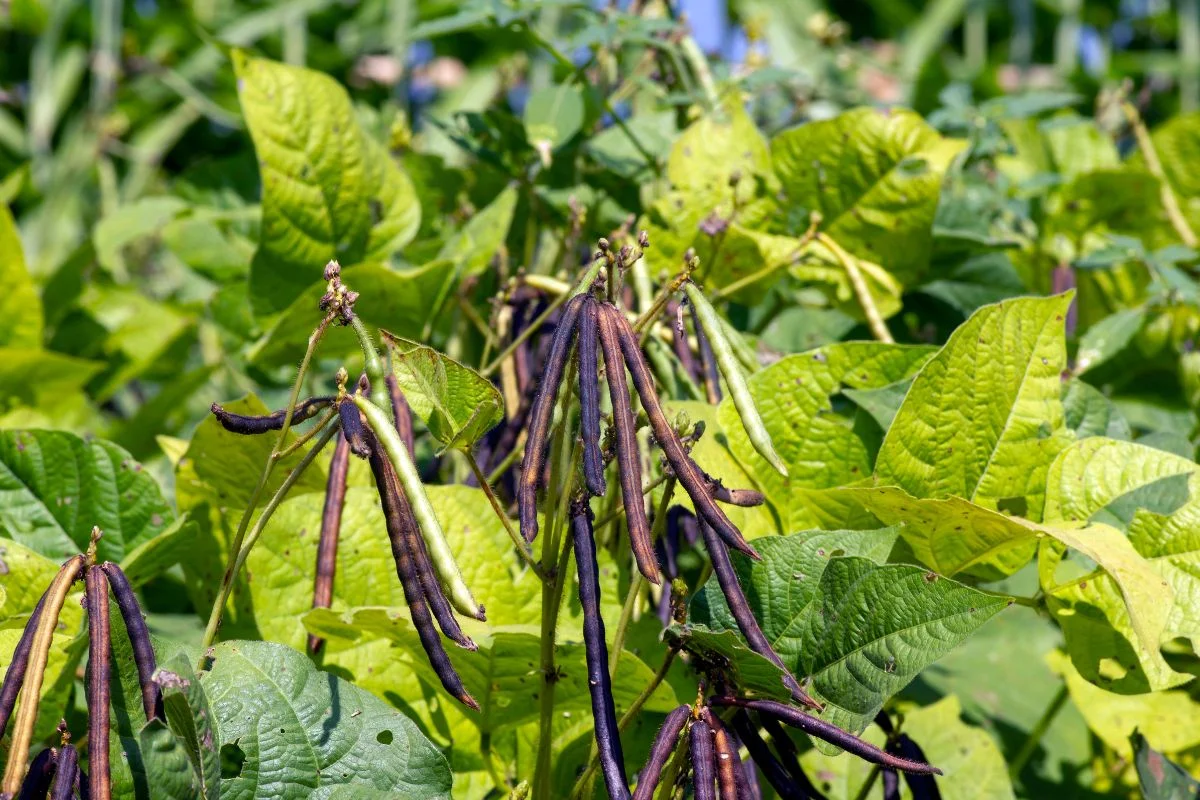
If your garden bean plants in the vegetable garden are spot yellowing on the bottom leaves, don't fret. We've got you covered with expert advice and solutions to get your plants thriving again in the garden beds.
Yellowing in string bean plants, discoloration on bottom leaves or spots, can be a sign of various issues in the vegetable garden, such as nutrient deficiencies, overwatering, or pests. In our comprehensive guide below, we'll delve into the cause and roots behind this problem, along with practical steps to address it effectively.
Have more gardening questions or struggling with plant care? Stay tuned for valuable tips and insights to keep your garden green and healthy. Let's get those string bean plants back on track!
Key Takeaways
- Check Nutrient Levels: Monitor the nutrient levels in the soil to address yellowing leaves in string bean plants.
- Adjust Watering: Maintain proper watering techniques to prevent yellowing of leaves due to over or under-watering, which can cause roots to suffer.
- Implement Pest Control: Use effective pest control strategies to protect string bean plants from pests causing yellowing leaves.
- Focus on Disease Prevention: Take preventive measures to safeguard plants from diseases that can lead to yellow foliage.
- Prioritize Soil Health: Ensure soil health by following soil health tips to promote vibrant green foliage in string bean plants.
- Regular Maintenance: Adopt preventive measures and healthy foliage maintenance practices to keep string bean plants thriving and free from yellow leaves.
Yellow Leaves Causes
Nutrient Deficiencies
Nitrogen Lack
- Identify nitrogen deficiency by yellowing of base leaves.
- Use nitrogen-rich fertilizers for prevention of yellowing.
- Apply nitrogen supplements for vibrant green leaves.
Iron Shortage
- Detect iron deficiency by yellowing of younger leaves.
- Opt for iron chelates to address yellowing issues.
- Implement iron-rich soil amendments for healthy leaves.
Magnesium Scarcity
- Spot magnesium deficiency by yellow "arrowheads" on leaves.
- Utilize Epsom salts as a quick remedy for yellowing.
- Incorporate magnesium-rich fertilizers for lush green foliage.
Watering Imbalance
Overwatering Issues
- Recognize overwatering effects on yellowing leaves.
- Adjust watering frequency to prevent yellowing.
- Ensure proper drainage to avoid waterlogged conditions.
Soil Moisture Check
- Monitor soil moisture levels regularly for prevention of yellowing.
- Use a soil moisture meter for accurate readings.
- Adjust watering based on soil moisture content.
Pest Invasion
Fungal Diseases
- Identify fungal diseases by yellow spots on leaves.
- Apply fungicides to combat fungal infections.
- Remove infected plant parts to prevent further spread.
Bacterial Infections
- Recognize bacterial infections by yellow halos on leaves.
- Use copper-based sprays for bacterial infection control.
- Practice good sanitation to minimize bacterial spread.
Nutrient Management
Identifying Deficiencies
Learn to recognize the signs of nutrient deficiencies causing yellowing in string bean plants. Act promptly to address specific nutrient imbalances that lead to yellow leaves. Soil tests can help pinpoint nutrient deficiencies accurately.
Balancing Nutrients
Soil pH Levels
- Check soil pH regularly to maintain optimal levels for healthy plant growth.
- Adjust soil pH as needed using appropriate amendments like lime or sulfur.
- Opt for pH-neutral fertilizers to prevent yellowing due to acidic or alkaline soils.
Organic Matter
- Enhance soil health by adding compost, which boosts nutrient retention.
- Utilize organic matter to improve nutrient availability and support plant growth.
- Incorporate organic fertilizers such as compost tea for sustainable and eco-friendly cultivation practices.
Watering Techniques
The Right Amount
- Apply fertilizers in the correct dosage to prevent yellowing.
- Avoid over-fertilization to maintain plant health.
- Follow recommended guidelines for fertilizer application.
Quality Matters
- Choose high-quality fertilizers for optimal plant nutrition.
- Opt for slow-release fertilizers for sustained nutrient supply.
- Select organic fertilizers for environmentally friendly options.
Observing Changes
- Regularly observe plant leaves for any signs of yellowing.
- Monitor plant growth patterns to detect changes early.
- Act promptly upon noticing any abnormal leaf coloration.
Pest Control Strategies
Common Pests
String bean plants turning yellow can be a sign of pest infestation. Common pests like aphids and spider mites are notorious for causing yellowing in plants. These tiny insects feed on the plant's sap, leading to discoloration and stunted growth.
To protect string bean plants from these pests, implement pest control measures such as regularly inspecting the plants for any signs of infestation. Introducing natural predators like ladybugs or lacewings can also be an eco-friendly pest management strategy. These predators feed on common pests, keeping their populations in check.
Fighting Fungus
Fungal diseases are another culprit behind yellow spots on leaves of string bean plants. To combat fungal infections, apply fungicides at the first sight of yellowing or spotting on the leaves. Improving air circulation around the plants by spacing them adequately can prevent fungal growth.
When it comes to addressing bacterial challenges causing yellow halos on leaves, use antibacterial treatments to control the spread of bacterial infections. Incorporating practices like crop rotation can also help reduce the incidence of bacterial diseases in string bean plants.
Bacterial Challenges
Bacterial infections often manifest as yellow halos on leaves, affecting the overall health of string bean plants. These infections can quickly spread if not addressed promptly. Implementing antibacterial treatments is crucial to prevent further damage and preserve plant health.
Disease Prevention
Viral Threats
String bean plants turning yellow may indicate viral infections, leading to mottled leaves and stunted growth. Utilize virus-resistant plant varieties to prevent such issues. Remove infected plants promptly to halt the spread of viruses among your string bean crop.
Integrated Management
To combat various threats effectively, embrace Integrated Pest Management (IPM) strategies for comprehensive plant care. Incorporate a blend of cultural, biological, and chemical controls to manage pests efficiently. By implementing IPM practices, you can significantly reduce the reliance on pesticides, promoting a healthier growing environment for your string beans.
Soil Health Tips
Fertilization Timing
Plant string bean plants benefit from proper fertilization timing. Apply fertilizers at key growth stages to maximize nutrient absorption. Avoid fertilizing during harsh weather conditions to prevent stress on the plants.
Nutrient Balance
Maintaining a balanced nutrient profile is crucial to prevent yellowing in garden beans. Adjust fertilizer ratios based on plant needs and growth stages. Regularly monitor nutrient levels to ensure the plants receive adequate nutrition.
Moisture-Fertilizer Harmony
Achieving harmony between soil moisture and fertilizer applications is essential for the health of your plants. After fertilizing, ensure to water the plants sufficiently to avoid nutrient leaching. Adapt watering schedules according to when fertilizers are applied.
Preventive Measures
Nutrition Integration
Integrate essential nutrients into the soil to maintain plant health. Provide a diverse range of nutrients for overall well-being, including nitrogen, phosphorus, and potassium. Consider micronutrient supplements like iron and magnesium for comprehensive nutrition.
Watering Practices
Implement proper watering techniques to prevent yellowing. Water string bean plants consistently to maintain soil moisture levels. Avoid water stress by ensuring adequate hydration without overwatering.
Regular Monitoring
Regularly monitor plant health indicators such as leaf color and texture. Keep track of changes in plant appearance for early detection of issues. Maintain a plant journal to record observations, treatments, and growth progress.
Healthy Foliage Maintenance
Pest Prevention
To maintain healthy foliage, prevent pest infestations by taking proactive steps. Utilize physical barriers such as row covers to deter pests from damaging your string bean plants. Encourage the presence of beneficial insects in your vegetable garden for natural pest control.
Disease Control
Implement effective disease control measures to prevent yellowing in plants. Ensure good hygiene practices to minimize the spread of diseases among your string bean plants. Whenever you notice any signs of disease, promptly remove and destroy infected plant parts to halt the progression of the issue.
Final Remarks
Maintaining healthy string bean plants is essential for a bountiful harvest. By addressing nutrient deficiencies, optimizing watering practices, implementing effective pest control strategies, and ensuring soil health, you can prevent yellowing leaves and promote vigorous growth. Remember to take proactive measures to safeguard your plants from diseases and prioritize foliage maintenance to support overall plant health.
Now that you have equipped yourself with valuable insights on combating yellowing in string bean plants, it's time to put your knowledge into action. Implement the recommended strategies diligently and observe the positive impact on your plants. Share your newfound expertise with fellow gardeners to foster a community of thriving green thumbs dedicated to cultivating flourishing string bean plants.
Frequently Asked Questions
Why are my string bean plants turning yellow?
String bean plants may turn yellow due to various reasons such as nutrient deficiencies, overwatering, pests, diseases, or poor soil health. It is essential to identify the specific cause by examining the plant's environment and taking appropriate corrective measures promptly.
How can I improve the health of my yellowing string bean plants?
To enhance the health of your yellowing string bean plants, focus on nutrient management by providing balanced fertilization, adjust watering techniques to avoid overwatering, implement pest control strategies if needed, maintain soil health through proper amendments, and follow preventive measures against diseases.
What watering techniques are best for preventing yellow leaves on string bean plants?
Water string bean plants consistently but avoid overwatering which can lead to root rot and yellowing leaves. Ensure proper drainage in the soil, water at the base of the plants in the morning to allow foliage to dry during the day, and adjust watering frequency based on weather conditions.
How can I prevent pests from causing yellow leaves on my string bean plants?
Prevent pests from causing yellow leaves on your string bean plants by regularly inspecting for signs of infestation, using natural predators or organic pesticides when necessary, practicing crop rotation, maintaining garden hygiene by removing debris, and implementing physical barriers like row covers if needed.
What are some effective disease prevention methods for string bean plants with yellow leaves?
To prevent diseases causing yellow leaves on string bean plants, practice good sanitation by removing infected plant parts promptly, provide adequate air circulation between plants, avoid overhead watering to reduce moisture on foliage, use disease-resistant varieties when possible, and apply fungicides preventively following label instructions.
Image Source: Paid image from CANVA

